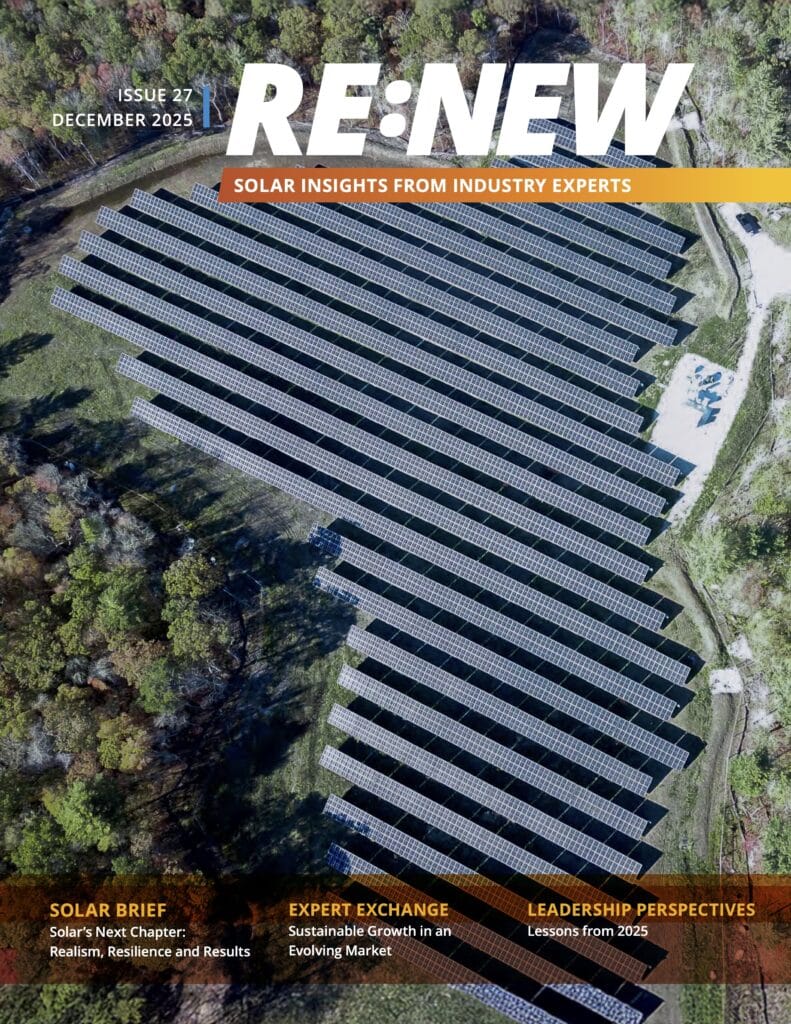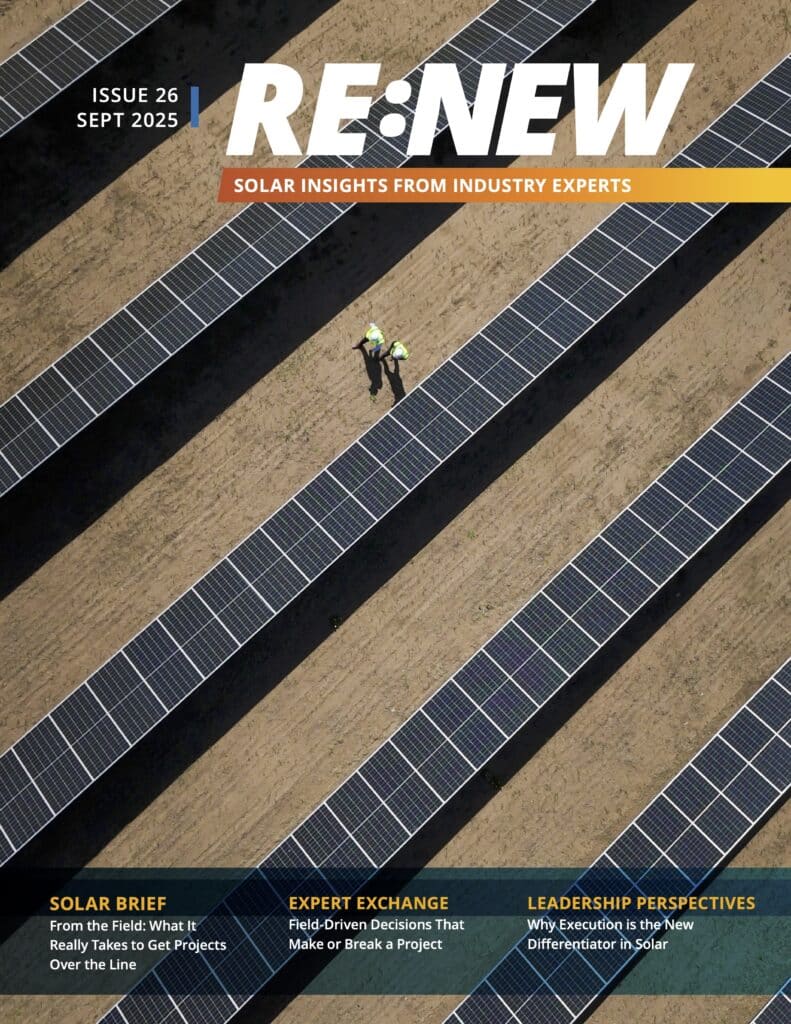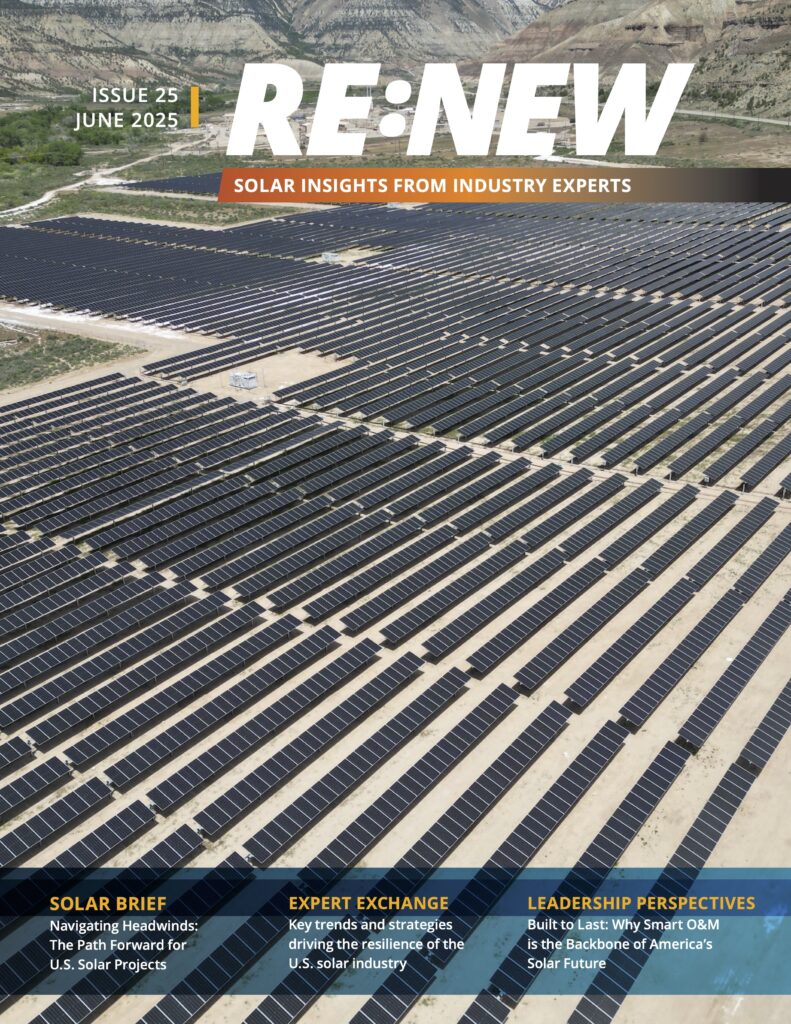When President Donald J. Trump decided to impose 30% tariffs on imported solar modules, I thought the industry might be in for some rough times. After all, price hikes on thin-margin projects could have been the difference between a project getting done and getting scuttled.
Well, seven months later, it appears the industry is not only going to weather the tariffs with little effect, but it looks like even the wider trade war—with tariffs imposed on finished steel projects and now inverters, too—won’t damage the industry too much.
And I can say without hesitation that I’m glad I was wrong.
Now, the industry did receive an unexpected gift from China that ameliorated the worst of the tariff’s potential effects when its leaders brought its domestic industry to a screeching and unanticipated halt.
So unexpected was the Chinese decision to stop all domestic projects and to cut the subsidies paid to solar users that the country’s module manufacturers were caught unawares. The resulting oversupply of modules means prices for modules in the United States have gone down (the modules originally planned for Chinese projects had to go somewhere, after all).
What does that mean practically? It means projects that had come off the board because the tariffs had made them uneconomical are back on the board, especially at the large commercial and utility-scale size. And that means the industry won’t be hurt as badly as many of us originally feared.
It also means hiring talent is now back on the table. We know a lot of our fellow companies had to lay people off because of fears surrounding the tariffs. Now there’s a chance those people will be rehired—and that’s good for the industry.
At Standard Solar, we had enough projects in the pipeline that we didn’t have to lay anyone off, but we did slow down our hiring. Our hiring plans are now back at full speed, with no signs of slowing down any time soon.
What the Trump tariff situation does teach us, however, is that we as an industry can’t allow ourselves to be distracted by every decision at the federal level. The Trump administration seems hell-bent on starting trade wars with just about everyone, and some solar products are bound to get caught up in the sweep.
Now’s the time for us as an industry to keep our heads down and our companies moving forward. There are headwinds facing the industry in states across the country, whether it’s the imposition of time-of-use rates, the willy-nilly dismantling of net metering or privileging nuclear plants over renewables. That’s where our energies need to be focused
right now because we’ve learned the valuable lesson that we have no control over what’s happening at the federal level.
What’s important to remember, even with all the challenges ahead, is that the fundamentals of solar remain strong and feel like they will remain strong into the foreseeable future. With that in mind, I believe the solar industry’s best days are still ahead of it, and it will continue to prove that—one project at a time.
More Recent Blog Posts
Delivering on Our Promise: 2025 in Review
December 11, 2025
Scott Wiater · 3 min read
How Student Health Unlocks School Energy Projects
December 3, 2025
Standard Solar · 4 min read
The Remarkable Growth of Community Solar in the District of Columbia
October 22, 2025
Standard Solar · 2 min read
Navigating a Solar Market in Transition: Takeaways from RE+ 2025
September 26, 2025
Megan Byrn · 3 min read





Share